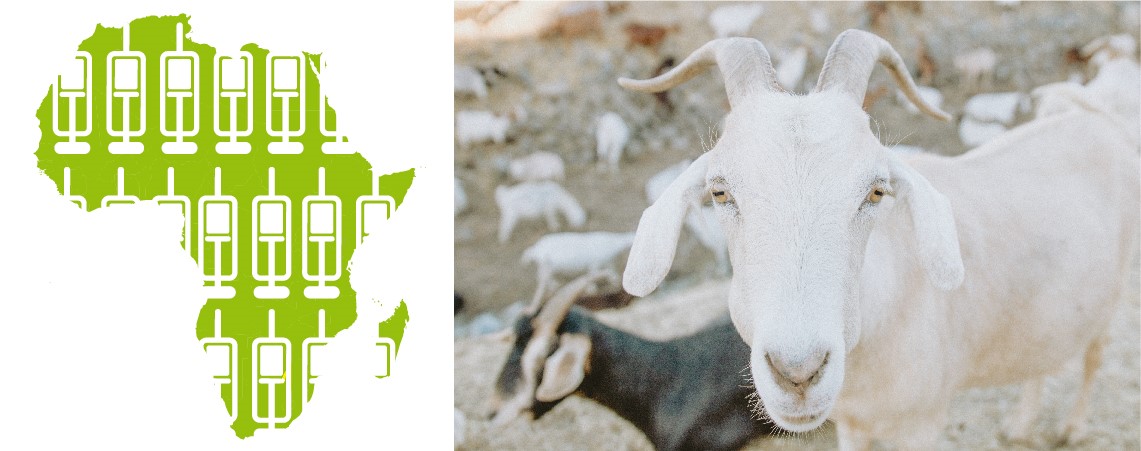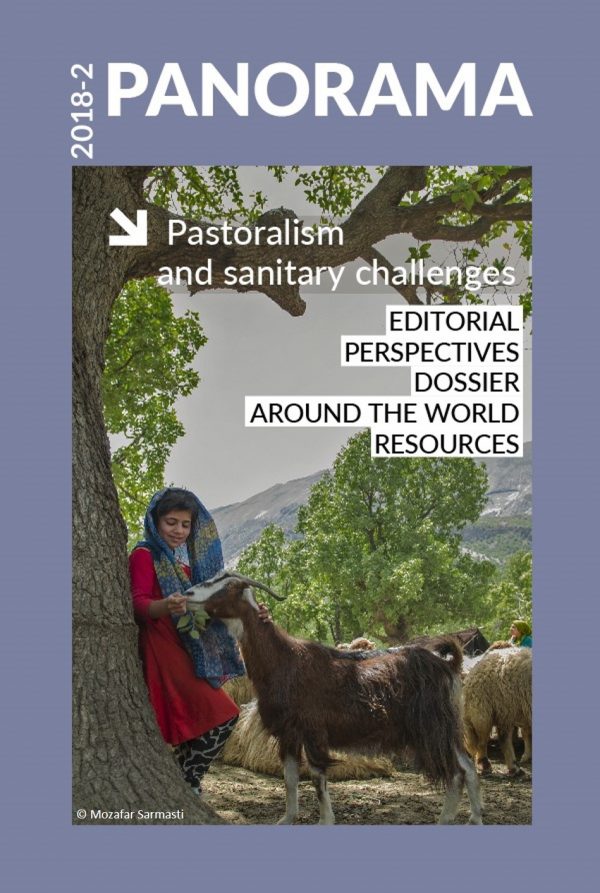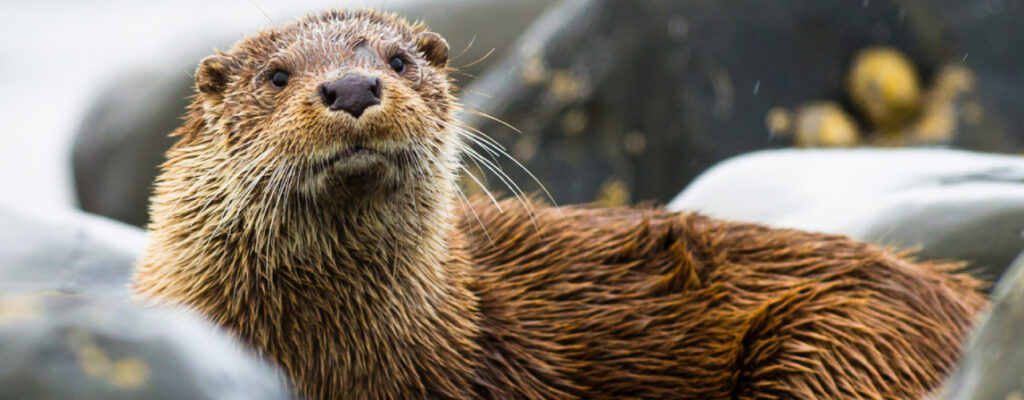Around the world Posted on 2019-02-05 11:34:10
Success stories
Strengthening AU–PANVAC’s capacities
Component 2 of the VSPA project
Keywords
Authors
J. Domenech (1)*, K. Tounkara (2) & G. Libeau (3)
(1) External Consultant, World Organisation for Animal Health (OIE).
(2) Regional Representative for Africa, World Organisation for Animal Health (OIE), Bamako, Mali.
(3) Control of Exotic and Emerging Animal Diseases, Agricultural Research Centre for International Development (CIRAD), Montpellier, France.
* Corresponding author: jemidomenech@gmail.com
Objectives
The expected results are as follows: reliable PPR vaccine quality control is provided; vaccine production laboratories produce high-quality PPR vaccines; PPR vaccine quality is monitored at different levels (primary and secondary storage in producing countries, secondary and tertiary storage in importing countries, and in the field prior to administering vaccine to animals).
With AU–PANVAC (1) playing the central role, the issues addressed were related to vaccine certification, support for producing laboratories and quality control support throughout the production and delivery chain [1]. These issues included many aspects, particularly with regard to the stakeholders involved on a continental (regional economic communities [RECs], African Union Inter-African Bureau for Animal Resources [AU–IBAR]), national (laboratories and Veterinary Services, private actors, etc.), and international (international organisations) level. Vaccination registration issues and the need for harmonisation were also addressed.
Implementation
The activities included recruitment, training and new equipment purchases at AU–PANVAC’s Headquarters (Bishoftu, Ethiopia), strengthening the capacities of PPR vaccine producers to produce good-quality products through field missions, and appropriate training sessions in the ten vaccine-producing laboratories concerned (2). They also included field missions during vaccination campaigns in various African countries (3) and coordination meetings attended by representatives of all members of the producing laboratory network (managed by AU–PANVAC).
The conclusions of component 2 of the VSPA project represented a major contribution on the part of AU–PANVAC to preparing the Global Strategy for the Control and Eradication of PPR
A ‘Quality control strategy for PPR vaccines produced in Africa’ [1] was prepared, which includes the definition of quality control procedures for PPR vaccines in Africa. This strategy defines all the steps to be undertaken regarding the shipment, customs clearance, reception, testing and certification of PPR vaccine samples at AU–PANVAC and it also addresses vaccine registration issues and the need for harmonisation. It clarifies the roles and commitments of all stakeholders (4), taking into account the legal, regulatory and institutional framework for their activities, and the tools available (vaccine, tests, standards, post-vaccination monitoring tool, etc.).
Through its vaccine quality assurance systems, AU–PANVAC plays a pivotal role in facilitating the adoption of improved methods for the production and quality control of priority vaccines in Africa. It also provides free quality control for African Union (AU) member states.
National Veterinary Services and animal health practitioners must provide quality immunisation services, in other words use a vaccine whose quality control has been certified by AU–PANVAC and ensure that the cold chain is respected from storage to field. AU-IBAR and RECs, along with international organisations, will promote the use of PPR vaccines whose quality control has been certified by AU–PANVAC and these vaccines will be included in all specific tenders.
Finally, along with AU–IBAR, AU–PANVAC helped to draft a scientifically sound African Union programme for the progressive control of PPR in Africa [3]. The conclusions of component 2 of the VSPA project represented a major contribution on behalf of AU–PANVAC to preparing the Global Strategy for the Control and Eradication of PPR [2].
Acknowledgments
________________________________________
(1) AU–PANVAC was recognised as an OIE Collaborating Centre for Quality Control of Veterinary Vaccines at the 81st General Session of the World Assembly of Delegates to the OIE in May 2013 through Resolution no. 32
(2) Botswana, Cameroon, Chad, Egypt, Ethiopia, Kenya, Mali, Niger, Nigeria, Senegal and Sudan
(3) Benin, Burkina Faso, Cameroon, Chad, Ghana, Mali, Nigeria, Senegal, Tanzania and Togo
(4) Stakeholders involved on a continental (RECs, AU–IBAR), national (laboratories and Veterinary Services, private actors, etc.) and international (international organisations) level
http://dx.doi.org/10.20506/bull.2018.2.2881
References
- Libeau G. & Mefomdjo P. (2014). – Quality control strategy for the peste des petits ruminants (PPR) vaccines produced in Africa. African Union – Pan African Veterinary Vaccine Centre (AU–PANVAC).
- World Organisation for Animal Health (OIE) & Food and Agriculture Organization of the United Nations (FAO) (2015). – Global strategy for the control and eradication of PPR.
- Elsawalhy A., Mariner J.C, Chibeu D., Wamwayi H., Wakhusama S., Olaho-Mukani W. & Toye P. (2010). – Pan African Strategy for the progressive control of peste des petits ruminants (Pan African PPR Strategy). Bull. Anim. Hlth. Prod. Afr., 2010, 185-193.












